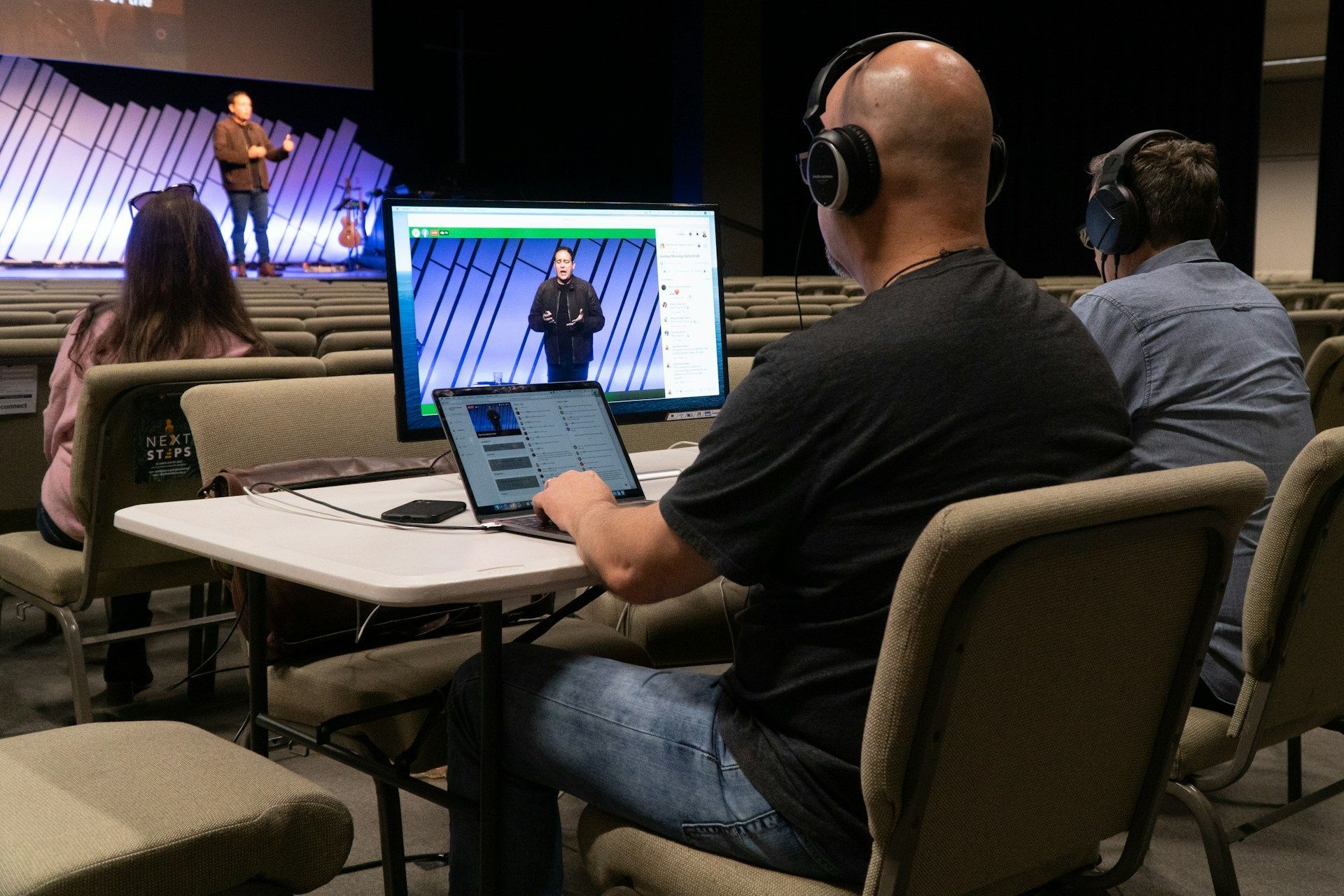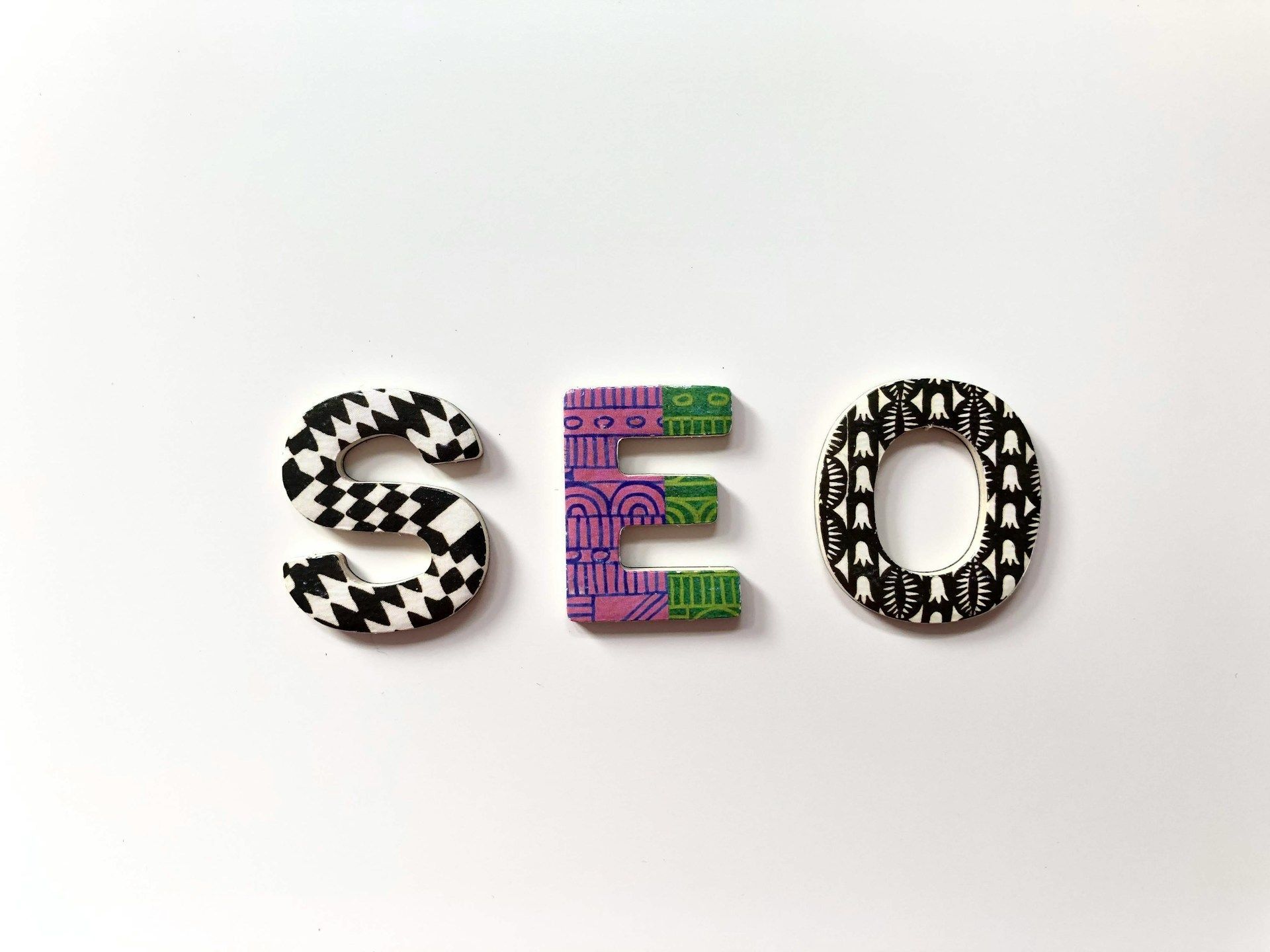Maximizing User Experience on Your Church or Non-Profit Website: Best Practices for Navigation and Accessibility
In today's digital age, a well-designed website is paramount for both churches and non-profits in their efforts to reach, engage, and impact their target audience. As a specialist in crafting and managing custom websites tailored to non-profits and churches, Faithworks Marketing understands that a successful website hinges on providing an exemplary user experience (UX) – one that is easy to navigate, visually appealing, and accessible to all users.
Effective UX ensures your website caters to a diverse range of visitors while fulfilling their needs and expectations. A crucial aspect of delivering this exceptional experience is clear and straightforward navigation, enabling users to effortlessly find the information they're seeking and interact with your content. Alongside ease of navigation, it is indispensable to ensure your website remains accessible to visitors with visual, auditory, or motor impairments, offering an inclusive experience for all.
In this blog content strategy, we will explore the best practices in optimizing navigation and accessibility for your church or non-profit website. Covering topics such as creating an intuitive menu structure, optimizing page load times, and implementing accessibility features, we aim to equip you with the knowledge and strategies to cultivate a website that is not only visually striking but also user-friendly and inclusive.
By focusing on enhancing the user experience of your website, you can promote higher levels of engagement, satisfaction, and loyalty among your visitors, ultimately driving the success and growth of your church or non-profit organization. Partnering with Faithworks Marketing, a company that truly comprehends your unique organizational needs, ensures that your UX optimization efforts are tailored and purposeful, paving the way for an unrivaled online presence.
1. Create an Intuitive Menu Structure
An organized and clear menu structure is essential for enabling visitors to navigate your website with ease. When designing your site's navigation, focus on creating an intuitive and straightforward layout that quickly directs your audience to the information they require.
To create an intuitive menu structure:
- Opt for a Consistent and Logical Layout: Place your primary menu at the top or side of the page, maintain consistent formatting across all pages, and limit the number of menu items to avoid clutter.
- Group Content by Category: Group related pages under broader categories to facilitate easy browsing.
- Highlight Key Pages: Ensure that vital information, such as your mission statement, contact details, and donate page, is easily accessible within your menu.
- Utilize Clear Labels: Use descriptive, concise labels for your menu items to ensure visitors understand the content they can expect to find.
By crafting an organized and straightforward menu structure, you make it effortless for your audience to access your website's content and connect with your organization.
2. Optimize Page Load Times
In today's fast-paced digital landscape, a website's page load time can significantly impact user experience, with slow-loading pages often leading to visitor frustration and increased bounce rates. To ensure a seamless user experience, optimizing your website's page load times is crucial.
To optimize page load times:
- Optimize Images: Compress and resize images appropriately to decrease file size while maintaining image quality.
- Minify JavaScript and CSS Files: Condense your JavaScript and CSS files by eliminating unnecessary spaces, line breaks, and characters.
- Enable Browser Caching: By enabling browser caching, you allow your visitors' browsers to store portions of your site so that they don't need to download the entire page each time they visit.
- Use a Content Delivery Network (CDN): A CDN helps distribute your content across various locations, reducing the time it takes to load your site for users around the world.
By enhancing your website's page load times, you provide a more satisfying experience for your visitors, encouraging them to explore further and engage with your content.
3. Implement Accessibility Features
To truly create an inclusive website experience, it is necessary to consider the needs of all users, including those with visual, auditory, or motor impairments. Implementing accessibility features can make your website more accommodating for all visitors, allowing them to interact with your content and engage with your organization effortlessly.
To implement accessibility features:
- Provide Text Alternatives: Include descriptive alt text for images and transcripts for videos to accommodate visually impaired users who rely on screen readers.
- Ensure Sufficient Color Contrast: Opt for colors with sufficient contrast to ensure your content is legible for those with color vision deficiencies.
- Utilize Accessible Fonts: Choose easy-to-read fonts with a minimum font size of 16 pixels to cater to a wide range of users, including those with reading or vision difficulties.
- Enable Keyboard Navigation: Facilitate navigation for users who rely on keyboards instead of a mouse by ensuring all essential site functions are operable using keyboard shortcuts.
Incorporating accessibility features into your website design promotes a truly inclusive experience for your users, expanding your reach and demonstrating your commitment to catering to your entire audience.
4. Incorporate Responsive Design
With the increasing use of mobile devices to access the internet, it is vital to ensure that your website adapts seamlessly to various screen sizes and devices. Responsive design ensures that your website looks, functions, and performs optimally on all devices, providing a consistent user experience for your entire audience.
To incorporate responsive design:
- Utilize a Fluid Grid System: A fluid grid system adapts the layout of your website based on the screen size and resolution of the device it's being viewed on.
- Optimize Images and Media: Adjust the size and resolution of your images and media files based on the user's device to ensure optimal performance.
- Implement Touch-Friendly Buttons: Design touch-friendly buttons and navigation elements to ensure ease of use on touchscreens.
By implementing responsive design, you guarantee that your website delivers an unparalleled user experience regardless of the device used, ensuring that your content is always accessible and engaging.
Conclusion
Focusing on optimizing navigation and accessibility for your non-profit or church website is crucial in delivering a seamless and satisfying user experience. By implementing the best practices detailed in this article, you provide an inclusive and user-friendly platform for your audience to connect with your organization and explore your content with ease.
Partnering with a company like Faithworks Marketing, which specializes in custom
web design for churches and non-profit organizations, ensures that your website stands out from the crowd and provides an exceptional experience for your visitors. By working together, you can create a best-in-class digital presence that positively impacts the growth and success of your organization.












